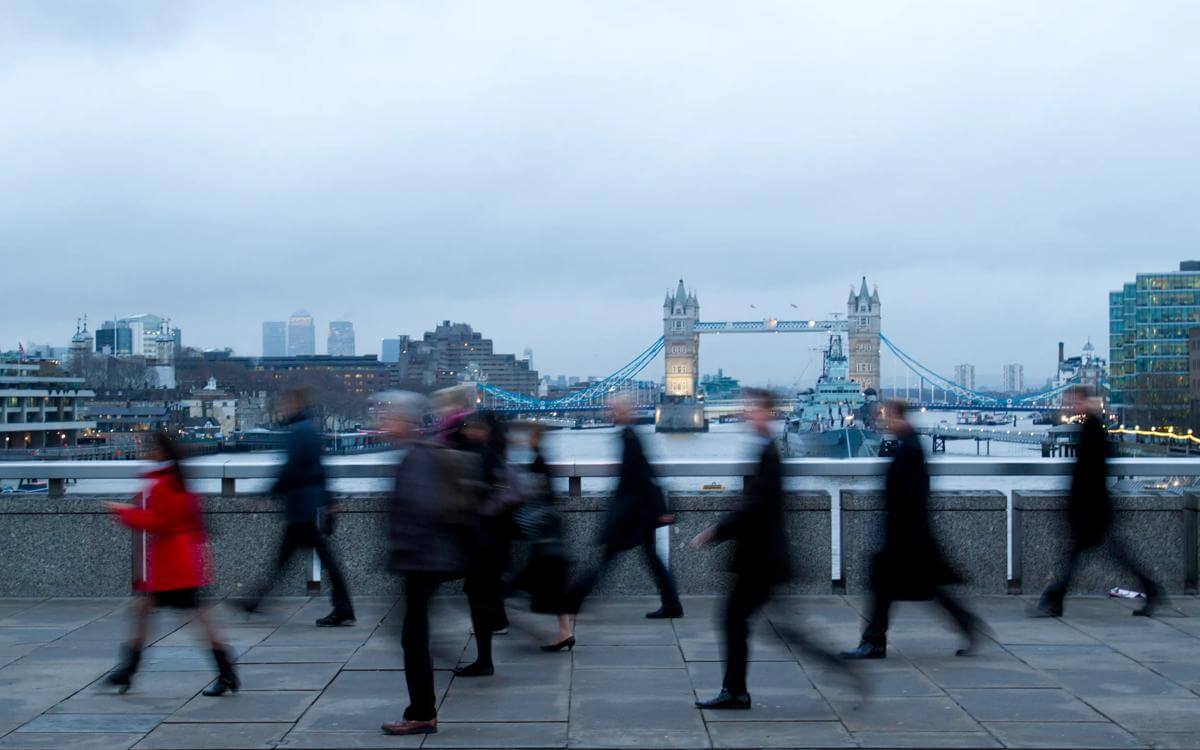Face masks/coverings in schools
As with many coronavirus-related issues, the answers are not straightforward, but we have provided our advice and guidance to help you prepare for the new term.
With the new school year almost upon us, understanding how we can work with staff to ensure they are comfortable on site without impacting the quality of education is a key issue for most schools.
As with many coronavirus-related issues, the answers are not straightforward, but we have provided our advice and guidance below to help you prepare for the new term.
Before we get started, it is important to note that this guidance refers to face masks and face coverings only and not to PPE. It also takes into account the update to Government guidance published on 28 August 2020.
This latest government guidance applies to schools and other education institutions in England and states: “The government is not recommending universal use of face coverings in all schools. Schools that teach children in years 7 and above and which are not under specific local restriction measures will have the discretion to require face coverings for pupils, staff and visitors in areas outside the classroom where social distancing cannot easily be maintained, such as corridors and communal areas and it has been deemed appropriate in those circumstances. Primary school children will not need to wear a face covering.”
School leaders in Primary schools should consider at their discretion whether their employees, contractors on site and visitors should wear a face mask, where social distancing is not possible in indoor areas outside of classrooms.
Examples of where school leaders may require employees, visitors, contractors and pupils in year 7 and above to wear a face mask or covering, would be communal spaces such as staff rooms, and corridors where social distancing can not be maintained or guaranteed.
In areas with local intervention (lockdown), it is a requirement for adults and pupils in secondary schools and colleges to wear face coverings when moving around, such as in corridors and communal areas where social distancing is difficult to maintain.
Government advice is clear that the use of masks inside the classroom should be avoided.
1. What is PPE and when is it used is schools?
PPE – Personal Protective Equipment - has a broad definition and can include safety helmets, eye protection, safety footwear, gloves, gowns and face masks.
The majority of staff in education settings will not require PPE beyond what they would normally need for their work, even if they are not always able to maintain a distance of 2 metres from others. PPE is only needed in a very small number of cases including:
- children, young people and students whose care routinely already involves the use of PPE due to their intimate care needs should continue to receive their care in the same way
- if a child, young person or other learner becomes unwell with symptoms of coronavirus (COVID-19) while in their setting and needs direct personal care until they can return home. A fluid-resistant surgical face mask should be worn by the supervising adult if a distance of 2 metres cannot be maintained. If contact with the child or young person is necessary, then disposable gloves, a disposable apron and a fluid-resistant surgical face mask should be worn by the supervising adult. If a risk assessment determines that there is a risk of splashing to the eyes, for example from coughing, spitting, or vomiting, then eye protection should also be worn.
- or, in the circumstances included in the government guidance referenced at Guidance for full opening: schools (28 August 2020).
2. What is a face mask/covering?
A protective mask covering only the nose and mouth or nose and eyes. From a Health and Safety perspective, “face masks” refers to surgical face masks manufactured to a specific standard and a “face covering” is the cloth/fabric that covers the mouth and nose but is not to a specific standard.
For the purposes of this document, we will use “face mask” to refer to cloth coverings warn by members of the public which cover the nose and mouth.
3. What is a visor/face shield?
These are typically coverings that cover the full face, rather than just the mouth and nose. They are often made of Perspex rather than cloth/fabric, meaning that the full face is still visible through the visor or shield.
For the purposes of this document, we will use “visor” to refer to this full face transparent shield.
4. What are the unions’ approach to this?
Currently some of the unions are arguing that those who work in schools should be offered the same level of protection as other workers where facemasks/coverings are required, for example NHS workers, those who works in shops and on public transport. Essentially the unions’ view is those who want to wear them should be allowed to do so.
A considered response to points such as these, is that face coverings would have a negative impact on teaching, which is the entire basis of why young people come to school.
5. What should I do if an employee refuses to work in the classroom without a face mask?
We would advise you discuss the specific concerns with the individual to establish if there is a specific medical requirement for them to wear a mask/covering. If not, you would need to highlight the government guidance to them.
HSE guidance is that if an employee chooses to wear a face mask in the workplace then they should be supported – this means support with correct usage, storage, etc. However, as the government guidance is clear that face masks are not recommended in the classroom coupled with the concerns about the wearing of face masks impeding the quality of education provision, then it is our advice that you ask why the individual wants to wear a face mask, and instead offer the ability to wear a visor. The individual’s face will still be visible through the visor and therefore should reduce any impact of quality on the educational provision.
If you agree to provide the individual with a visor then you will need to support them with the correct usage, storage, etc. of the visor.
It’s important to act reasonably here and work with staff, particularly if an individual with a disability feels a face mask/covering would be a reasonable adjustment or if a risk assessment suggests wearing one. This may actually be more likely to arise if the disability is mental rather than physical (for example, the employee has severe anxiety amounting to a disability and wearing a mask/covering/visor would provide them with reassurance, regardless of whether it would actually protect them.)
It would be advisable to discuss the wider protection that has been put in place and to remind those staff that face masks are largely designed to protect others and reduce the spread of the infection, rather than protecting the individual themselves. The most important factors would be reminding those individuals to abide by the cleaning measures/handwashing, social distancing etc.
For some staff who aren’t pupil focused it may be easier to allow face masks, for example finance/premises teams. However, as an Employer it would be advisable to take a consistent approach. For roles which do not deliver teaching, home working can still be considered if it does not adversely impact on the day to day operating of the school.
If after offering an alternative, such as a visor, the individual still refuses to work in the classroom without a face mask then it could potentially be dealt with as a disciplinary issue. However, we would certainly recommend that you take advice before taking formal action in these circumstances.
In our opinion, in these circumstances a transparent visor may be easier to accommodate than a face mask as this allows visibility of the mouth and facial expressions.
6. What are schools doing?
There is a mixed approach here with some schools strongly advising face masks are worn and others following government guidance and not allowing them other than in the circumstances described in 1 above.
7. Do we need to provide masks to employees?
No, unless it has been provided as a reasonable adjustment on account of a disability. It’s reasonable to expect that employees provide their own masks, however, should their mask become soiled during the school day, lost or damaged, every school should have a small contingency supply to provide. You should remind staff not to touch the front part of their mask, and to wash their hands before and after putting their mask on.
8. What if staff wear branded or themed face masks?
Subject to the guidance above you can specify what you consider to be acceptable in terms of style, branding and theme. For example, you may decide to specify that masks should be non-offensive, without any pictures or slogans.
A logical approach would be to try and mirror your staff dress code – no branding etc.
9. What if staff do not stick to social distancing measures generally?
Unless there are specific reasons not to follow social distancing measures, then it should be dealt with immediately by reminding staff of the guidance and risks in not following it.
Continued breaches of safety measures could result in disciplinary action, but as above please seek advice before continuing down this route.
10. Disposal and storage of face masks
Government guidance says that once removed, reusable face masks should be stored in a plastic bag until you have an opportunity to wash them. If the face mask is single use, dispose of it in a residual waste bin. Do not put them in a recycling bin. Make sure you clean any surfaces the face mask has touched using normal household cleaning products.
Our top tips for you
- Discuss this with your governors/trustees as part of 1 September opening plans. Agree your position regarding the use of face masks/visors. You may decide that you will deal with requests on a case by case basis and where there is a reason to justify the wearing of a face mask/visor you will be happy for:
- Either face masks or visors to be worn
- Only face masks to be worn
- Only visors to be worn
- Depending on your decision, ensure that you have face masks/visors purchased and available for use. Also consider storage and disposal.
- If you are going to allow the use of face masks/visors then you will need to give users guidance on how to use the equipment, where to store it and how to dispose of it. For example, ensure there is clear signage and guidance around the school site, advising staff not to touch the front part of their mask, and to wash their hands before and after putting their mask on.
- As school leaders make decisions regarding the use of face masks and coverings, update relevant policies, such as the Code of Conduct and Health and Safety Policy to ensure these mirror the schools position.
- We would encourage you to seek advice if you run into difficulties such as the refusal to attend the workplace, despite offers of reasonable adjustments and risk assessment.
This guidance is valid as of 28th August 2020 and may change in line with government guidance.
Contact

Mark Hickson
Head of Business Development
onlineteaminbox@brownejacobson.com
+44 (0)370 270 6000







































